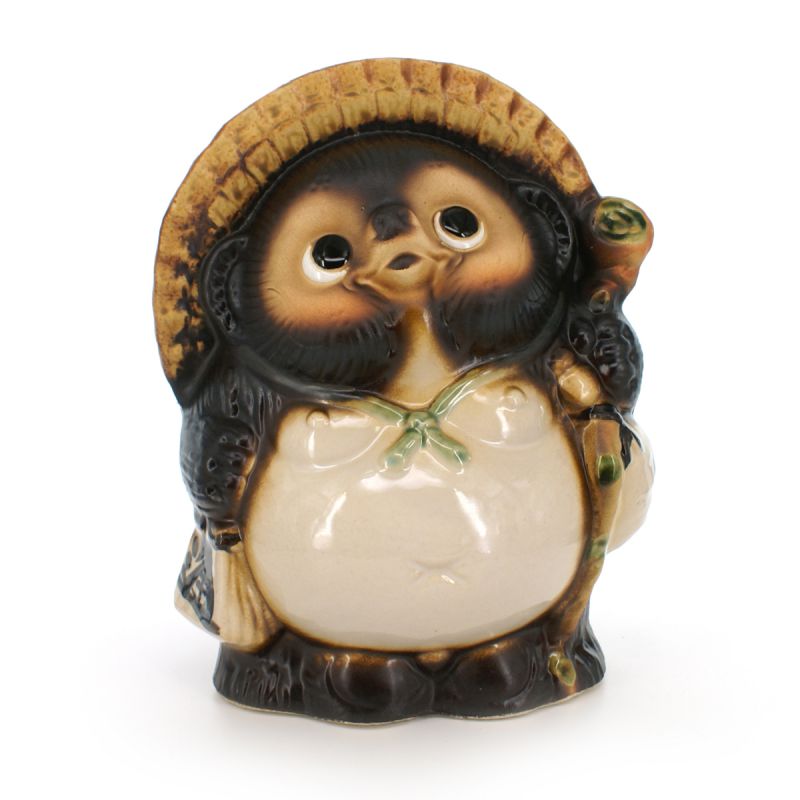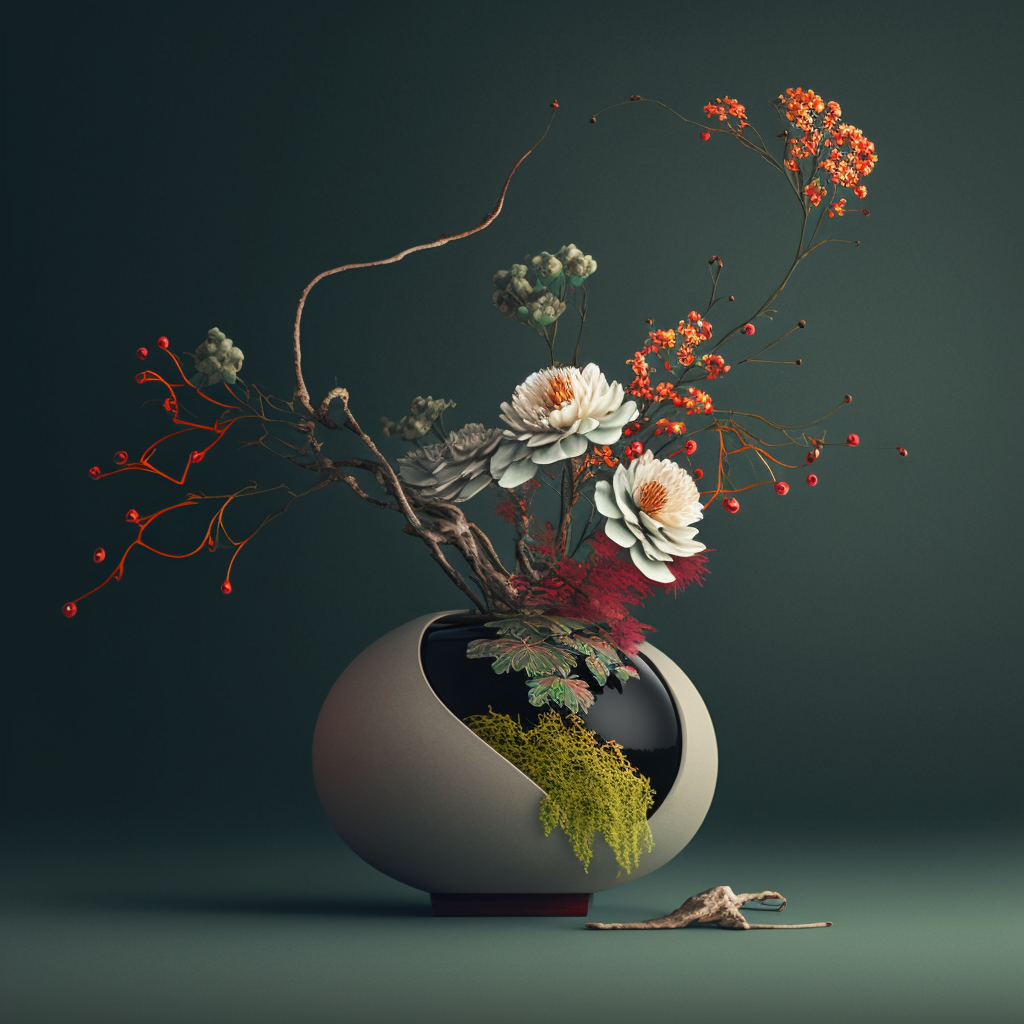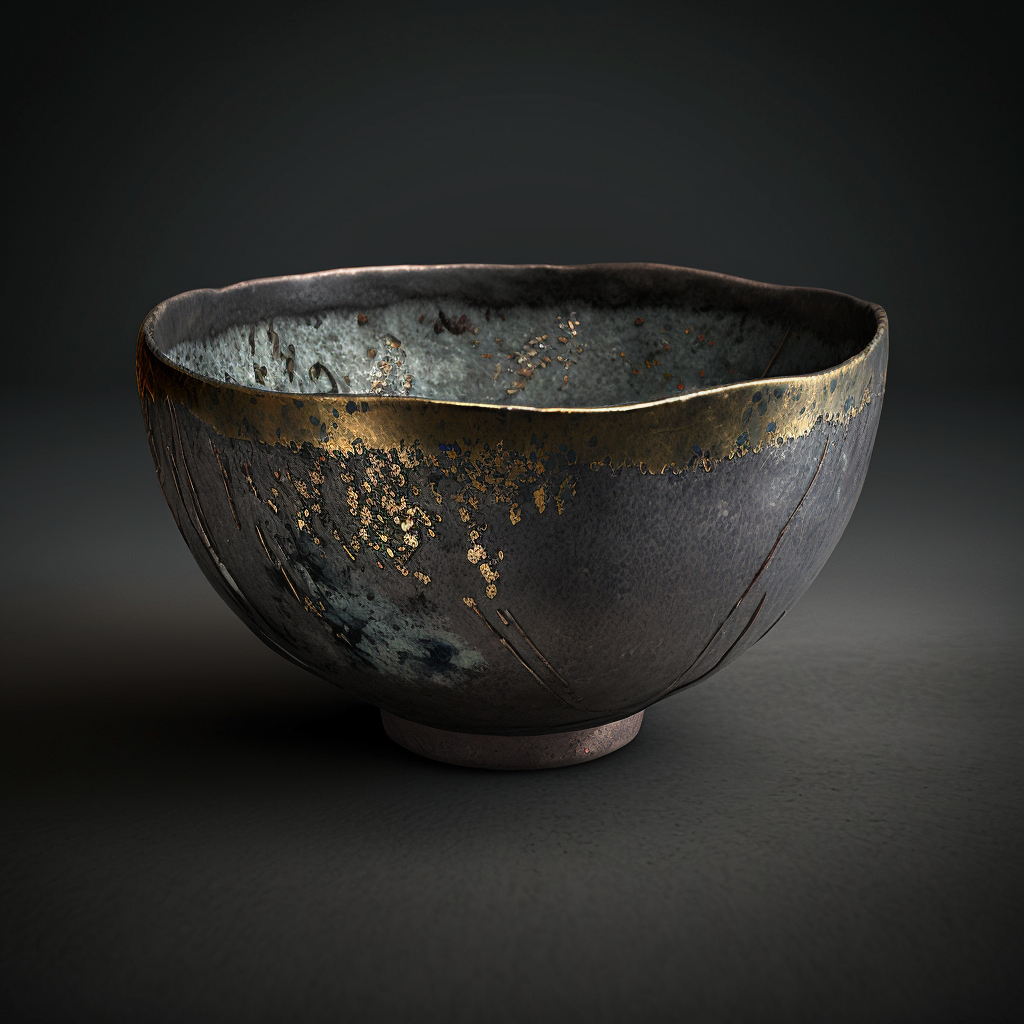Shigaraki ceramics are a traditional Japanese art form dating back centuries. It originated in the town of Shigaraki in Shiga prefecture, in the western part of Japan. Shigaraki potters use the region’s abundant natural clay to create ceramic objects with a unique character and rustic beauty.
The history of Shigaraki ceramics dates back to the 7th century, when Buddhist monks began making pottery for religious rituals. Over time, ceramic production expanded to meet the needs of Japanese households. Today, Shigaraki ceramics are still produced by hand by local craftsmen using techniques handed down from generation to generation.
The most remarkable features of Shigaraki ceramics are its distinctive reddish-brown color, its grainy texture and its simple, robust shape. These characteristics are the result of the traditional firing techniques used in the region. Shigaraki pottery is fired in wood-fired kilns, which can reach very high temperatures. This causes chemical reactions in the clay, creating a rough, grainy surface. The effects of firing also depend on how the pottery is placed in the kiln, which can result in different nuances of color and texture.
Shigaraki ceramics are used in a variety of fields, such as tableware, flower pots and garden ornaments. Among garden ornaments, Shigaraki is known for its ceramic tanuki figurines, which are often depicted as smiling, pudgy creatures, complete with straw hat and sake bottle. These figurines are often considered good luck charms in Japan, and are appreciated for their fun and playfulness.
In addition to its practical uses, Shigaraki ceramics are appreciated for their aesthetic beauty. Shigaraki pottery is considered a work of art, due to its uniqueness and refined appearance. Shigaraki potters continue to create new shapes and textures, while respecting the traditions of their art.



